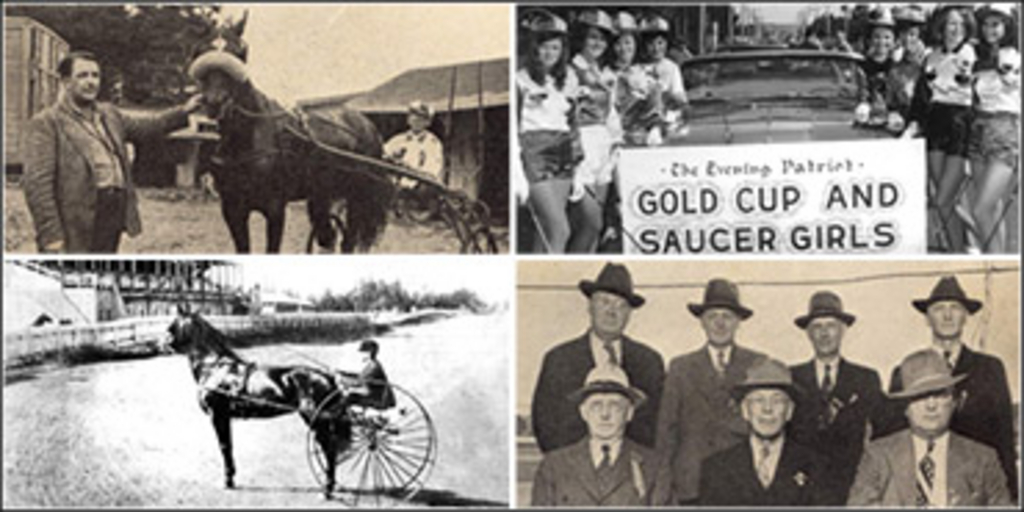
 In this week's Rewind Robert Smith takes readers on a trip to Prince Edward Island, a great hotbed of harness racing and an area often referred to as 'The Kentucky of The North.'
In this week's Rewind Robert Smith takes readers on a trip to Prince Edward Island, a great hotbed of harness racing and an area often referred to as 'The Kentucky of The North.'
With this year's edition of 'Old Home Week' upon us, he reviews some of the rich and colourful history surrounding this annual event and its ties to harness racing, which is now in its third century.
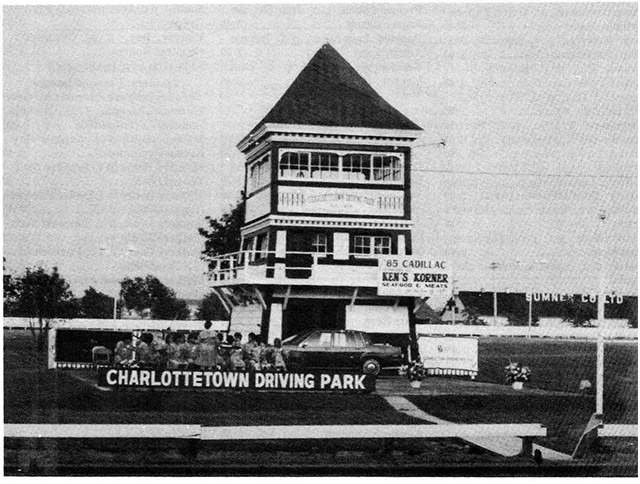
Traditions and celebrations come and go; some are short lived while others go on seemingly forever. As we see people pass away and buildings torn down, it becomes evident why some traditions end while others last. In the wonderful sport of Canadian harness racing, I doubt that there is an older or more revered tradition than the observance of "Old Home Week" in Charlottetown, P.E.I. A big part of it involves the role that racing has played. 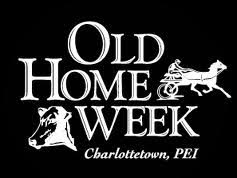 This year, the ten-day long festival goes from August 13 - 22, culminating with what is termed "One of the most anticipated shows in harness racing," the Sobey's Gold Cup & Saucer.
This year, the ten-day long festival goes from August 13 - 22, culminating with what is termed "One of the most anticipated shows in harness racing," the Sobey's Gold Cup & Saucer.
Legend has it that Old Home Week, or at least its starting, was first held in October of 1888 as a two-day event to showcase local agricultural exhibits and to celebrate PEI's bountiful farms. Just a couple of months prior to this a crowd of some 5,000 spectators gathered at Summerside Raceway to view a famous four-heat match race between the stallions Black Pilot and Hernando. Soon a metamorphosis of the two events began and what author Charles Duerden termed "cross pollination" occurred. By 1896 it was opened to all of the Maritime Provinces and soon large crowds took the Borden Ferry to the Island. It was a bit like a gold rush.
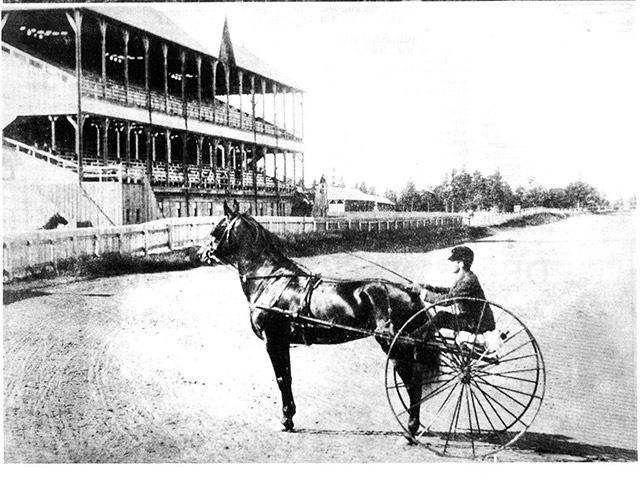
A vestige from the past. Local reinsman Hosley Hooper poses in front of the CPD grandstand in this 1890 photo
In 1905 the original version of Old Home week debuted in Charlottetown. Many attractions were aimed at bringing Islanders home for a visit and one of the most popular draws was harness racing. Also included were yachting, Highland games, theatre and concert offerings and even special church services. Dating back to the days when farmers raced their fast buggy horses across the Province's flat rural roads, the competition of horses in harness was ingrained in their blood. By 1914 a midway appeared and each year the gathering gained in popularity. During the Depression years the festival-like atmosphere was popular and was believed to raise the spirits of an otherwise troubled populace.
Some years a slogan was adopted to advertise the annual event and the one reportedly used in 1930 is a real favourite of both my wife and I. "Be it ever so humble; there is no place like home."
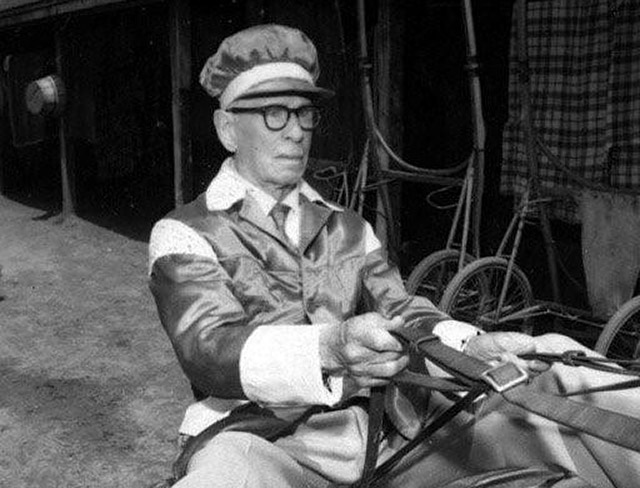
"Col. Dan" MacKinnon
One man is credited with the shaping of much of the early history of the Charlottetown Driving Park and thus for promoting harness racing as part of Old Home Week. That man was Colonel Dan A. MacKinnon, who in addition to many other interests also owned the Park from 1930 to 1947. He was affectionately known by many as simply "Colonel Dan". He faced many obstacles through his attempts to establish harness racing as a main event of the celebrations, and many times met his adversaries head on. It seems he always prevailed in spite of the odds. He possessed a wide range of talents and accomplishments and was extremely proud of his long tenure as a practicing horseman who drove in races until a 'ripe old age.'
MacKinnon faced one of his largest challenges at the start of WW II. Rumours of impending war could have sealed the fate of harness racing at Charlottetown but "Colonel Dan" wouldn't let it. His vision was to make it the real focus of the new era of Old Home Week. The city almost banned the idea on the grounds that public safety in wartime could be compromised by such a large outdoor gathering. MacKinnon saw it differently, believing that the activities would be a morale booster for Islanders and visitors alike. The City suggested that "Col. Dan" gather a thousand names on a petition if he wanted to hold the festival; otherwise it likely would be discontinued. As a response, he and the Driving Park's clerk of the course Ida Yeo (later Sudsbury) gathered a list of 4,800 supporters in time for the 1940 racing-oriented revival.
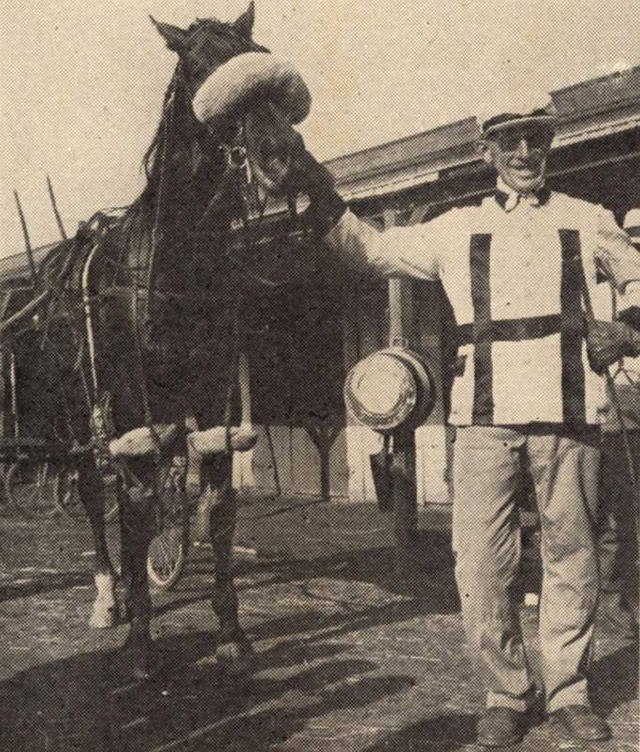
Anti Aircraft, a great Maritime performer of the 1940's, was often the star of Old Home week racing. He is shown here with driver Cobb Miller. (Harness Horse)
From this point onward harness racing began to thrive as an integral part of the great annual gathering. Anchored by the great organizational and promotional talents of Col. Dan, the times were also graced by a stream of talented local horsemen. The names of Joe O'Brien, Johnny Conroy, George Callbeck, James MacGregor, Willard and Worrell Kelly were but a few who elevated the level of competition. In 1946 the mobile starting gate made its appearance and in 1947 racing was held under the lights; all in a sense ahead of their time. Also advances in photo finish technology and better racing conditions raised the confidence of the horse people and the bettors alike. The sport flourished.
In 1960 a totally new era began when the Gold Cup & Saucer race was conceived. Its introduction coincided with the building of a new grandstand, which replaced the old one which was gutted by fire after the end of the previous racing season. The race was rather hastily arranged and co-sponsored by the City of Charlottetown and another newspaper, the Charlottetown Evening Patriot. Firmly behind the project were E. Frank "Duck" Acorn, Driving Park co-owner as well a race secretary, and Bill Hancox, the Patriot publisher. Their names will be forever attached to the later years, much like Col. Dan shaped the early years.
The rather prestigious title was arrived at by combining the names of England's Cheltenham Gold Cup steeplechase race and Ontario's Cup and Saucer stake for thoroughbreds. The inaugural race was held on Friday, August 19, 1960 with the honour of being the first winner going to Dees Boy owned by Don MacKenzie of Glace Bay, N.S. and driven by Lloyd MacAuley. P.E.I. Lt. Governor Walter Hyndman was on hand to present the cooler and trophy. Thus began a new chapter in Canadian harness racing history, and an exciting one at that.
In 1961, Old Home Week celebrations really started taking their modern form. The parade, which soon became Atlantic Canada's largest annual assemblage of this type, took centre stage. The Gold Cup & Saucer Girls were introduced, each riding in a convertible car, and other new additions appeared. By 1962, 30 floats were in the parade. While the whole affair was once of interest to mainly "Islanders", the audience now contains roughly half non-Islanders. No doubt it has introduced many newcomers to harness racing.
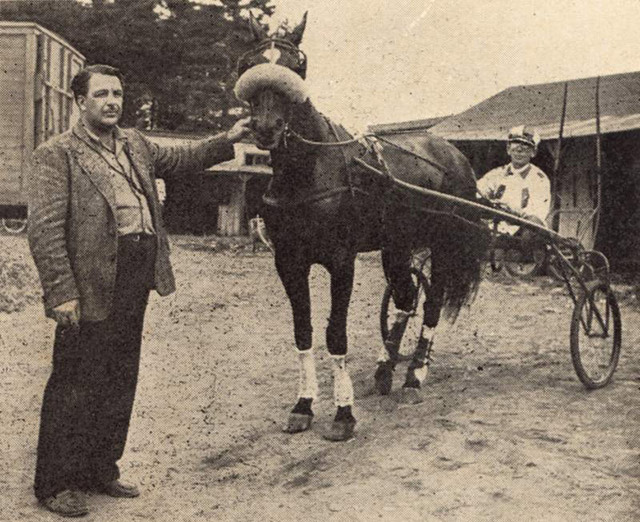
Tracey Hanover, p, 2:03 (t,2:10) one of the top performers of the Maritime region, shown with John Scott, owner at head, and John Conroy the driver. (Harness Horse)
Each year it seems that Old Home Week and the Sobey's Gold Cup & Saucer race gains in popularity. While it is not the richest race on the planet, it has a lot of other appealing things about it. Few races embody the excitement, anticipation and good ol' heart pumping thrills that this famous race does. It is a great reminder of the true spirit of harness racing.
"Every summer, a little history is added to Gold Cup night, as the Island Hymn is played and the crowds focus their attention on the horses and drivers approaching the field. Both horse and driver are introduced to the packed crowd, then make their way to the grandstand. At exactly two minutes to midnight, the call to the post is heard, and horse and driver get ready to compete in the Sobey's Gold Cup & Saucer Race, one of the most anticipated shows in harness racing." [Quote from Old Home Week website]
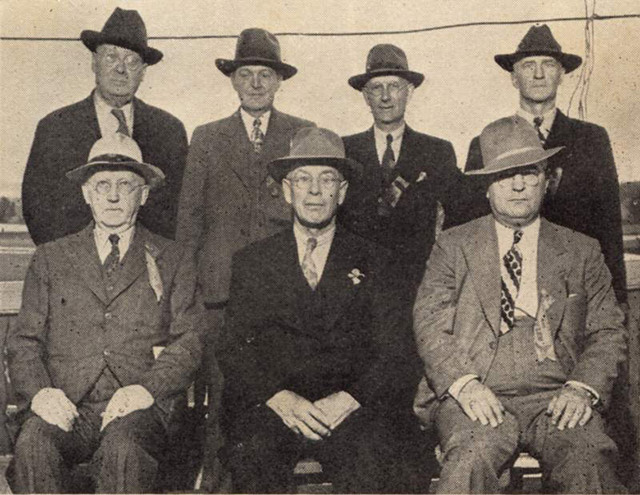
Officials at Charlottetown Old Home week in 1946. Left to right. Front row: Wilfred Boulter, Secretary; Col. D.A. MacKinnon, President; Dr. F. C. Dougan, Starter. Back row: W. J. Brown, Clerk of Course; Thane Belyea, Judge; Walter Brown, Presiding Judge; Harry Silliphant, Judge.
Note: My special thanks to the website PEICanada.com and to author Charles Duerden author of "Sulkies, Silks, Cups and Saucers" for their invaluable research.


Every year I say I am going.
Every year I say I am going. Every year something comes up to prevent my doing so. Next year will be the year.
Thank God for Prince Edward
Thank God for Prince Edward Island!
Thanks Robert, It certainly
Thanks Robert, It certainly is a "Great Show" and the people embrace and support it. When the bridge was built and no more ferry boat, I think it lost something, because the journey there and back wasn't as much of an adventure. Everyone on the ferry talked "Old Home Week" there and back. Saying that, I would go there any time I can. P.S. Please add the name Mike MacDonald to the list of all time supporters.